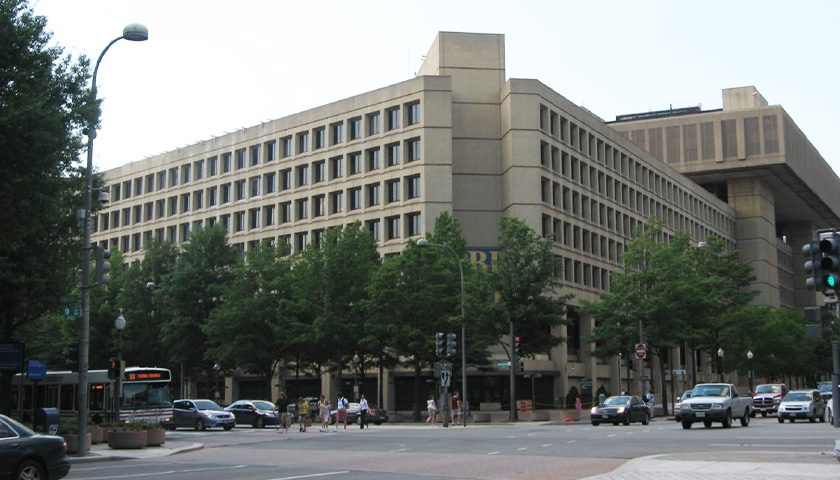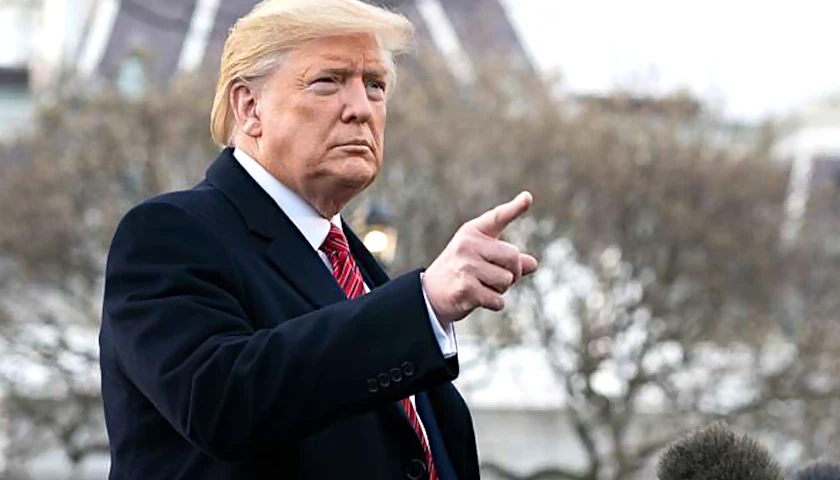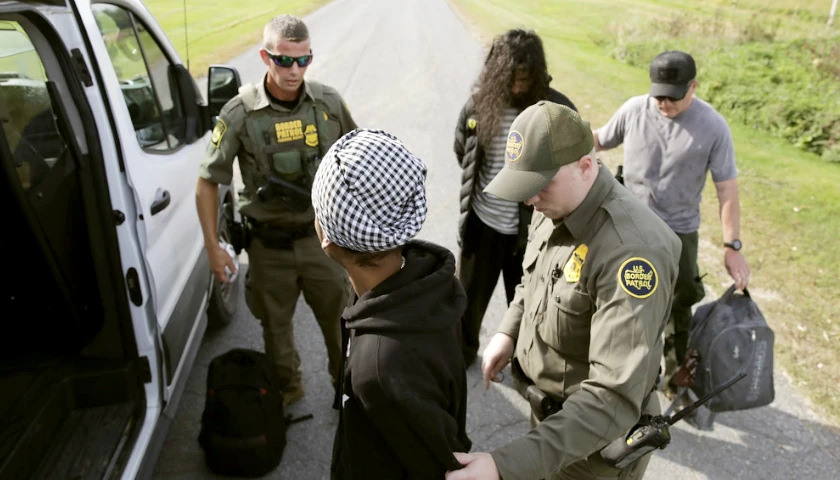by John R. Lott Jr.
With crime such an important issue, Americans depend on the FBI for accurate data. The crime data for 2021 is a mess, with almost 40% of law enforcement agencies around the country not submitting any data to the FBI. In California, 93% didn’t report crime data. In New York, 87% didn’t. Cities are embarrassed by the soaring crime rates, and even when they have collected the data they aren’t transmitting those numbers to the FBI.
But many more data errors are the direct responsibility of the FBI. Up until January of last year, I worked in the U.S. Department of Justice as the senior advisor for research and statistics, and part of my job was to evaluate the FBI’s active shooting reports. I found that they were missing lots of cases and had misidentified others. Unfortunately, the FBI was unwilling to fix any of these errors. Since leaving that job, I have found many more missed cases, updating the list this month.
Nor was that the first time I pointed out such errors to the FBI, and I published a list of them in a criminology publication in 2015.
These news reports relied on a series of FBI reports on active shootings put together by researchers at Texas State University.
The FBI reports that armed citizens stopped only 11 of the 252 active shooter incidents that it identified for the period 2014-2021. The FBI defines active shooter incidents as those in which an individual actively kills or attempts to kill people in a populated, public area. But it does not include shootings that are deemed related to other criminal activity, such as robbery or fighting over drug turf. Active shootings may involve just one shot being fired at just one target, even if the target isn’t hit.
To compile its list, the FBI hired academics at the Advanced Law Enforcement Rapid Response Training Center at Texas State University. Police departments don’t collect data, so the researchers had to find news stories about these incidents.
My organization, the Crime Prevention Research Center, also undertook a search for news stories. The CPRC discovered a total of 360 active shooter incidents from 2014 to 2021, and it found that an armed citizen stopped 124 of these. I also found that the FBI had misidentified five cases, usually because the person who stopped the attack was incorrectly identified as a security guard. We found these cases on a tiny budget of just a few thousand dollars. Though we found that armed citizens had stopped 11 times more cases than the FBI reports, I make no claim that we have identified all of them. It is quite possible that the news media itself never covers many such incidents.
But no one needs to take my word for it that the FBI missed many cases. All of the news stories that my team collected are listed on the CPRC website.
While the FBI claims that just 4.4% of active shootings were stopped by law-abiding citizens carrying guns, the percentage that I found was 34%. I am more confident that we have identified a higher percentage of recent cases, and the percentage in 2021 was even higher – 49%.
The FBI doesn’t differentiate between law-abiding citizens stopping attacks where guns are banned and where they are allowed, but you can’t really expect law-abiding citizens to stop attacks where it is illegal to carry guns. In places where law-abiding citizens are allowed to carry firearms, the percentage of active shootings stopped is above 50% for the whole period. And, again, we are more confident that we have more of the cases in recent years. The figure hits 58% in 2021.
In order to follow the FBI’s definition, I also had to exclude 24 cases because a law-abiding person with a gun stopped the attacker before he was able to get off a shot.
But there is a more basic problem in the reliance on news coverage to determine whether an active shooting was stopped by an armed civilian. The news media has a clear bias to cover cases where bad things happen over cases where bad things are prevented. The old adage is: “If it bleeds, it leads.” Killings are usually more newsworthy than woundings, and woundings more notable than confrontations defused simply by someone brandishing a gun.
As an example, I examined news stories of defensive gun use data from Jan. 1 to Aug. 10 of this year, and found 774 defensive gun uses, fully 85% involving people shot: 43% resulting in death and 42% in wounding. Less than 4% of cases involved no shots fired. But survey data indicate that in 95% of cases when people use guns defensively, they merely show the gun to make the criminal back off. Such defensive gun uses rarely make the news.
The problem is that the FBI numbers are used by academics who do research and by the media. To see how the FBI reports alter news coverage, see the July 17 Greenwood Mall shooting near Indianapolis, where a young man, Elisjsha Dicken, used his legally carried gun to stop what clearly would have been a horrible mass public shooting. The news coverage immediately relied on the FBI and Texas State University reports to tell people Dicken’s heroism was very unusual.
“Making Dicken’s heroism perhaps even more remarkable is the fact cases of an armed bystander attacking an active shooter are rare,” CNN noted two days after the attack. “The Greenwood incident is unique, however, because it became one of the rare instances of an armed civilian successfully intervening to end a mass shooting,” claimed the Washington Post the day after the attack. But what is really rare is the news coverage of these attacks. Few know that there were at least six other similar likely mass public shootings that armed civilians stopped in the first nine months of this year.
It is hard to ignore how all of this feeds into the gun control debate. Nor can one forget about the charges of political bias leveled by whistleblowers in the FBI.
The FBI is systematically missing defensive gun uses. And it has failed to fix these errors, even when I have pointed them out. Considering how often the media cites the FBI as an authoritative source, this institution needs to do better.
– – –
John R. Lott Jr. is a contributor to RealClearInvestigations, focusing on voting and gun rights. His articles have appeared in publications such as the Wall Street Journal, New York Times, Los Angeles Times, New York Post, USA Today, and Chicago Tribune. Lott is an economist who has held research and/or teaching positions at the University of Chicago, Yale University, Stanford, UCLA, Wharton, and Rice.
Photo “FBI Building” by Ken Lund. CC BY-SA 2.0.





